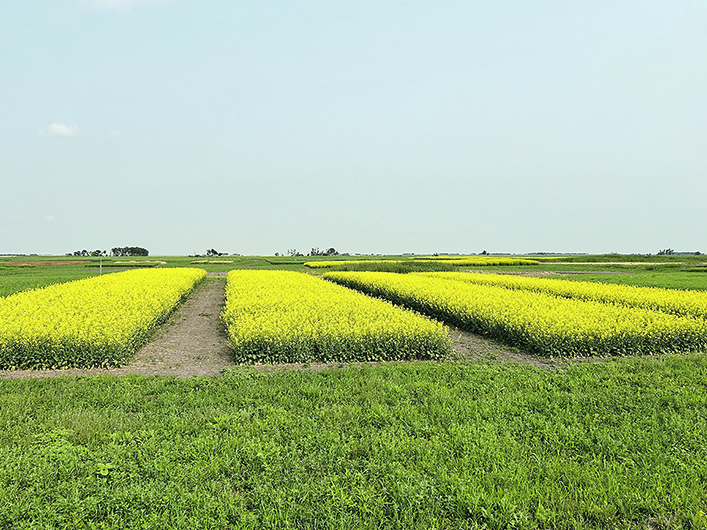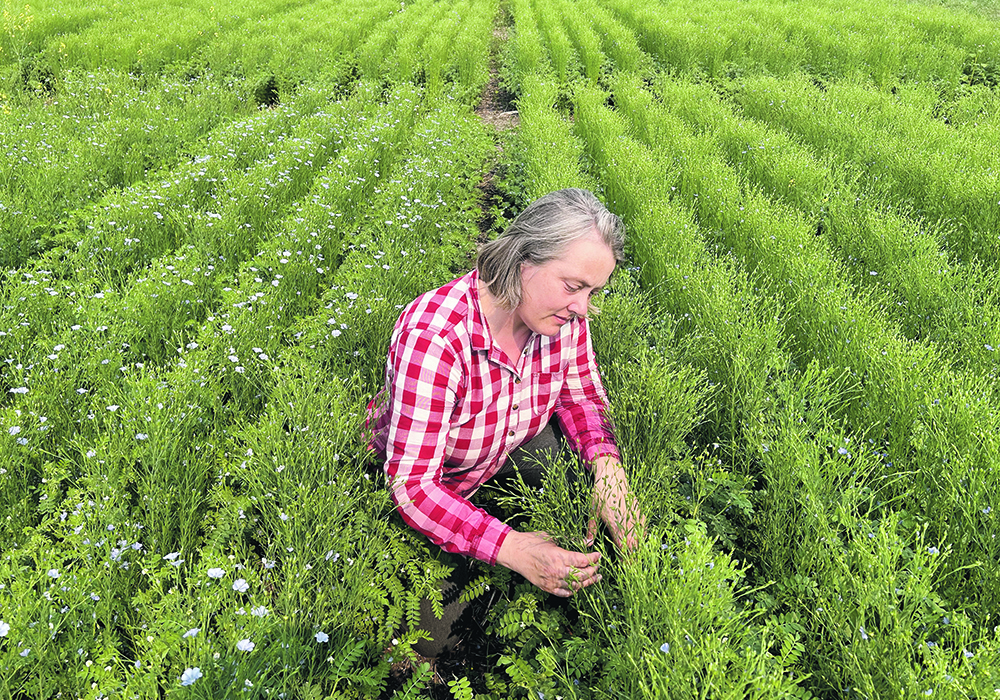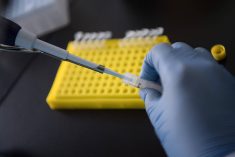A land base that mimics farming reality allows the South East Research Farm to conduct trials in a variety of conditions
REDVERS, Sask.— The South East Research Farm didn’t locate itself on the most easily farmable land.
There are potholes and sloughs and saline patches. The land is undulating and rolling, unlike the stereotypical image of pancake-flat Saskatchewan farmland.
Related story: Major U.S. research project conducted in southern Sask.
Read Also

Fertilizer method’s link to emissions studied
A researcher says others studying greenhouse gas emissions aren’t considering how the loss of nitrogen into the atmosphere correlates with fertilizer application or if there is an impact to yield.
That’s given it a unique set of conditions that applies better to the realities of thousands of Prairie farmers than the “perfect” conditions many research farms were established upon.
“It’s not that plain, gorgeous, clay land,” SERF research manager Lana Shaw said as she drove a pickup between the thousands of research plots her centre is managing this summer.
The research farm can do everything from field-scale trials to the tiny plot trials you see at research and demonstration sites across Western Canada. The rolling land allows field-scale trials to assess variety performance in a number of soil situations, while the sloughs and potholes allow for testing crops in sub-optimal conditions.

In one salty patch between two sloughs and the edge of the highway, forages were seeded by drone. Other forage-on-saline-patches studies are also being carried out.
All the mainstream crops are grown across the sprawling centre, with some one might not expect to see on the black soil.
“They still want data from the black soil zone,” said Shaw of her university, seed company, government and other research clients.
“There’s not very much we can’t grow here.”
With dozens of research clients commissioning hundreds of trials across thousands of plots, SERF isn’t a place for those intimidated by complex surveying and crop cartography. It also isn’t a place for people who don’t want to juggle a welter of contrasting agronomic requirements.

“There are so many protocols,” said Shaw.
Some involve little more than yield data. Others demand soil tests and photo updates through the season. Just that day, Shaw and her staff had been counting nodules on lentils.
The centre isn’t visited by as many agricultural industry visitors as some research centres just outside major cities. It’s about halfway between Regina and Winnipeg, tucked down along the Saskatchewan-Manitoba border and just north of the U.S. border. It’s a place one has to make a special effort to get to if one isn’t a local.
However, with its non-perfect conditions, it offers an insight into how new varieties and methods work in real-world situations, the sort so many farmers deal with.
















